The Vision of the Ultimate Pool
By Keith Coursin - President, Desert Aire Corp.
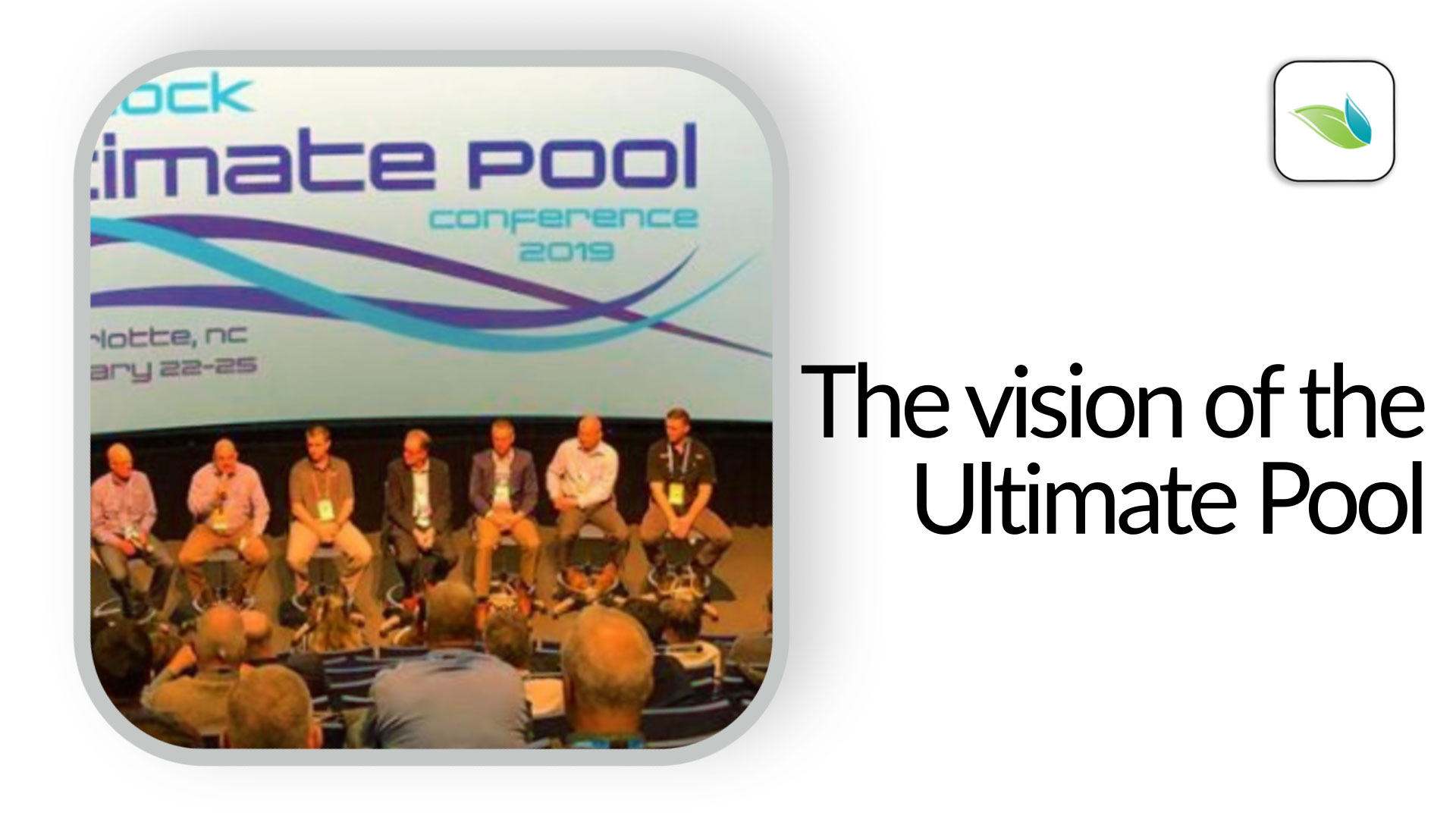
By Keith Coursin - President, Desert Aire Corp.

Chlorine is the most popular pool sanitizer. Its responsibilities include sanitization, disinfection and oxidation. Needless to say, having a good residual of free chlorine is essential to having a healthy and safe pool to swim in. This article will explain how to add various types of chlorine to your swimming pool. Let's get started.
First and foremost, a word of caution. NEVER mix different types of chlorine together. Even storing them near each other can be dangerous. Chlorine is a volatile oxidizer and when mixed with other types of chlorine, it can be deadly. Always use protective gloves and glasses, and use caution. In fact, as a rule of thumb, NEVER mix chlorine directly with anything else.
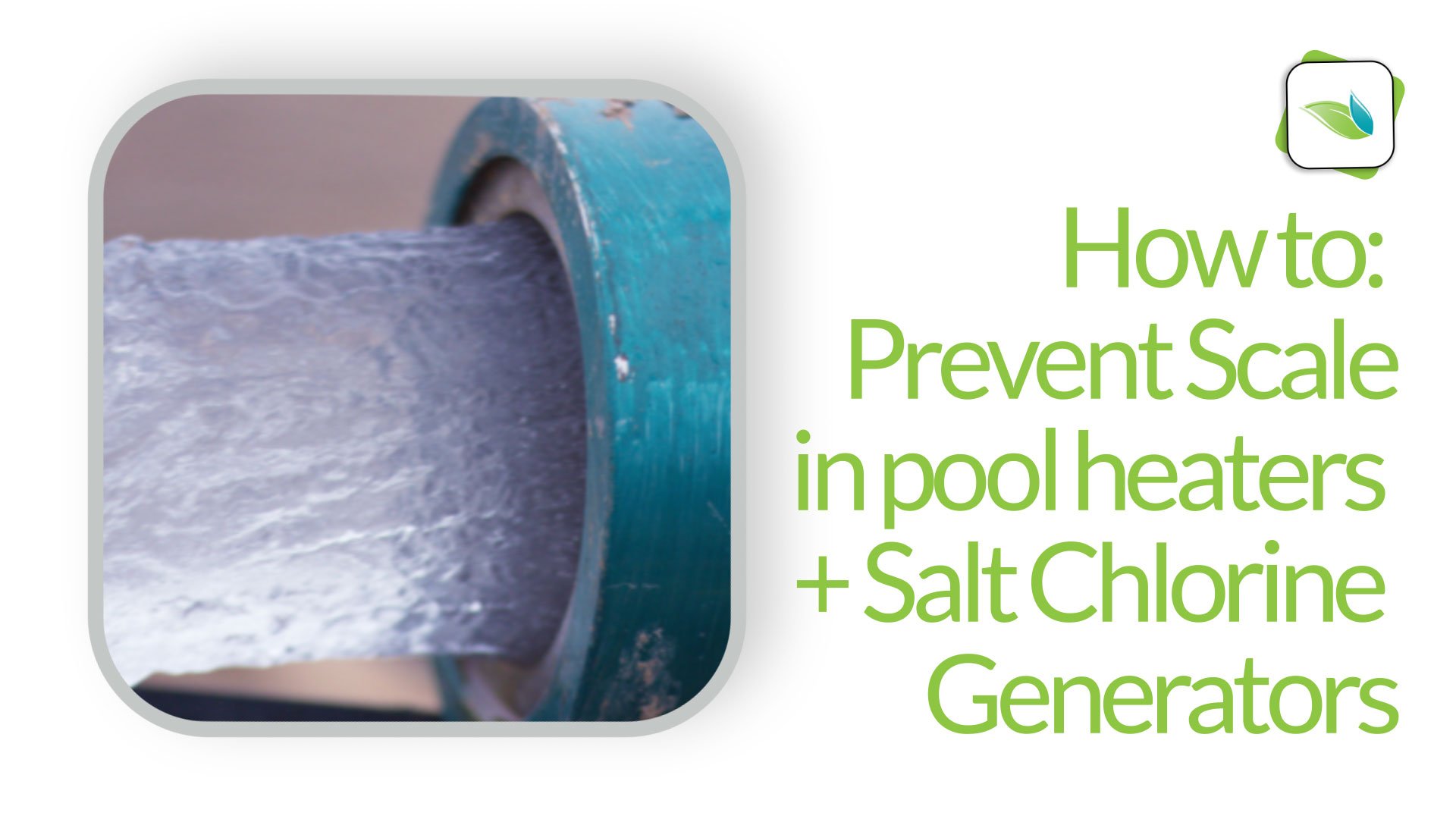
Calcium carbonate scale forms in swimming pools and other water systems when the water is over-saturated with calcium carbonate. This can be measured and predicted using the Langelier Saturation Index (LSI). This article discusses why saltwater chlorine generators and pool heaters tend to scale more frequently than the rest of the pool. Hint: temperature matters.
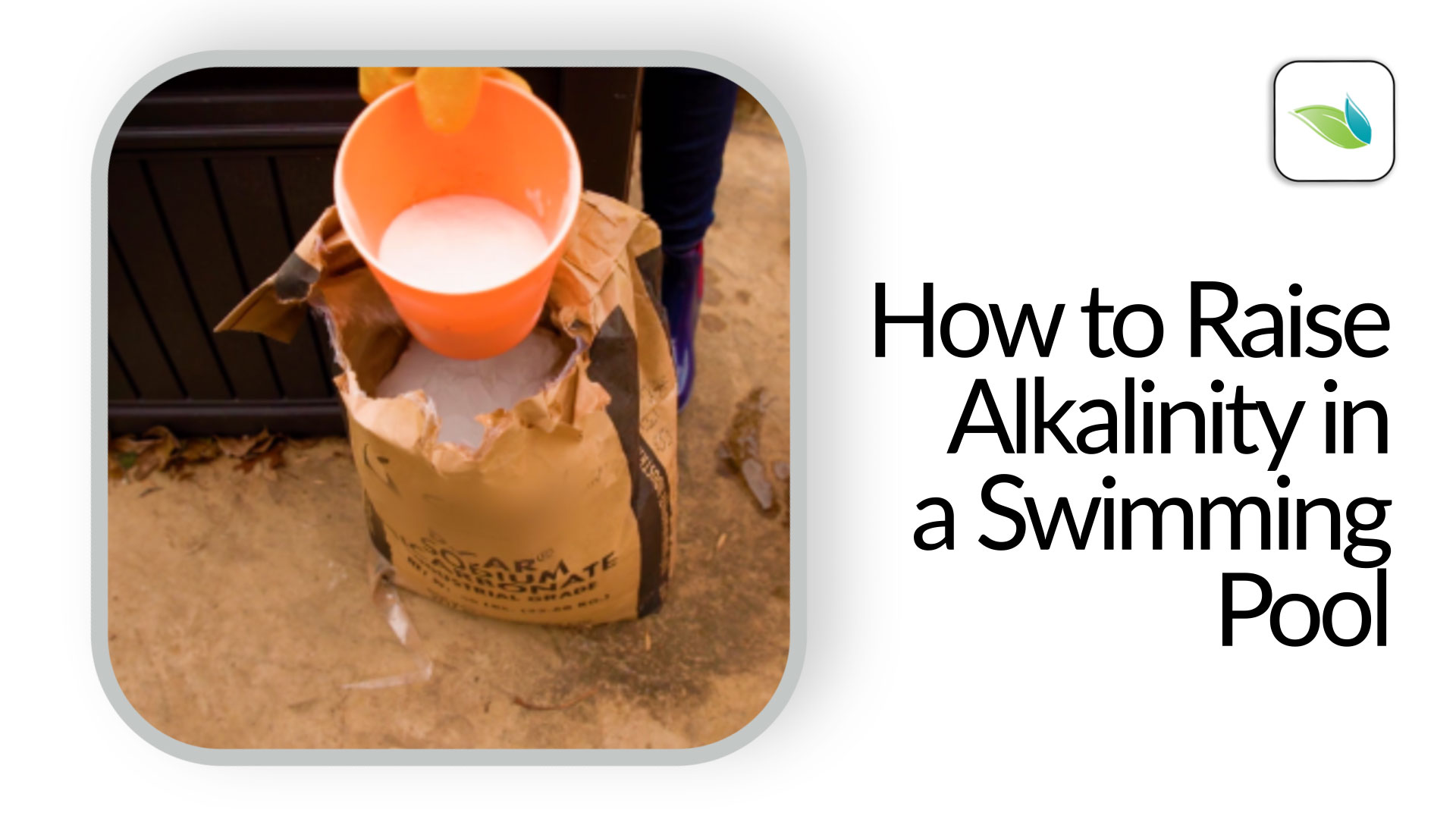
Do you need to raise alkalinity or pH in your swimming pool? If so, there are two dry chemicals that you can choose from. One is sodium bicarbonate (bicarb), and the other is a higher pH substance called soda ash.
This article will walk you through how to safely and properly add either of these chemicals. And yes, bicarb and soda ash are different! The procedure for adding them, however, is identical. We just dose them differently. Adding dry chemicals like soda ash and sodium bicarb is not as simple as it sounds...you don't just throw them in the pool. Like any other dry chemical, we should pre-dissolve sodium bicarb or soda ash in a bucket prior to adding to the pool. Let's explain.
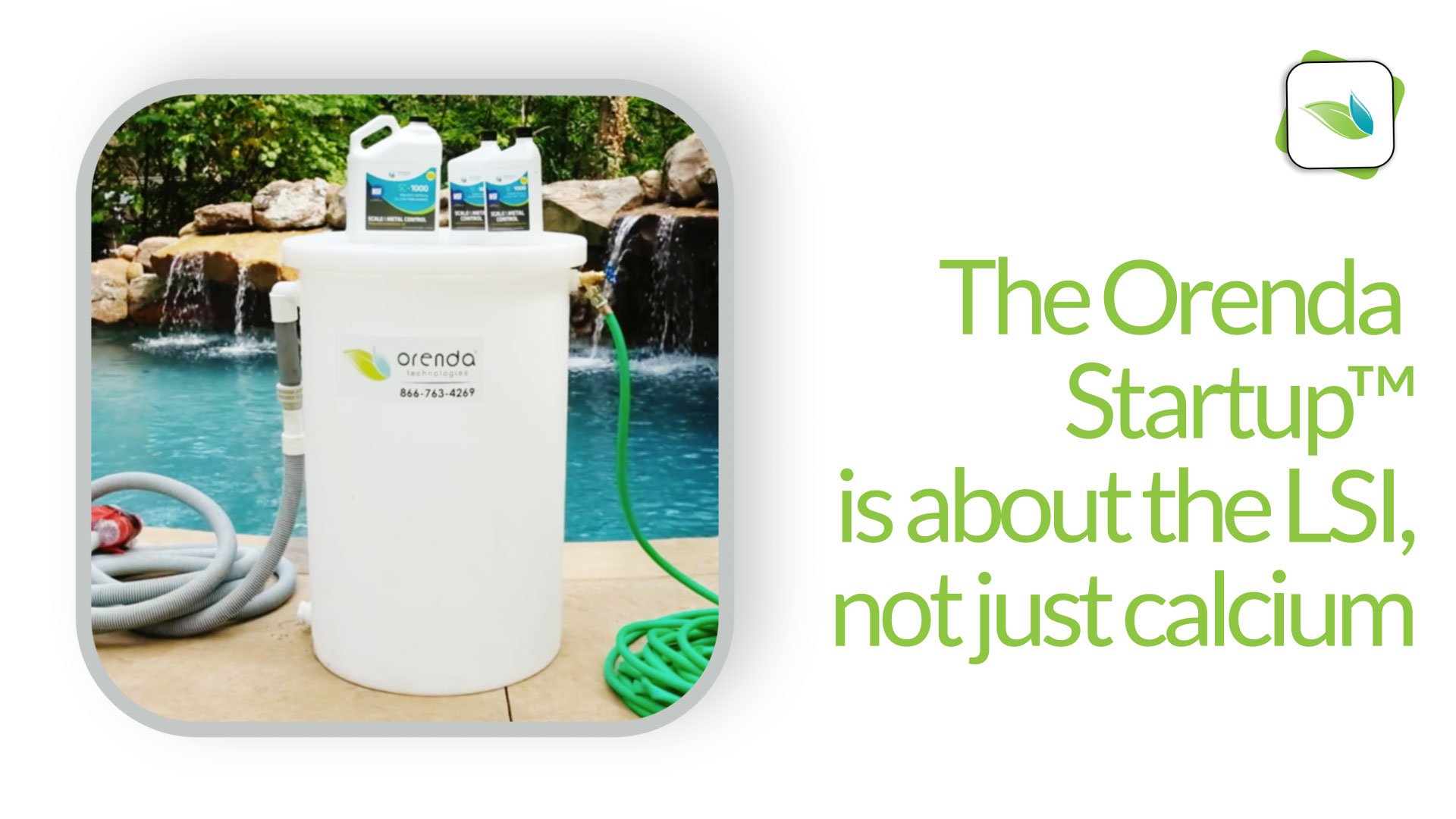
Many people think The Orenda Startup® is a calcium-based startup. But that's not always the case, and we want to set the record straight. The Orenda Startup® is an LSI-based startup.

A "hot start" is a method for starting up a new or resurfaced pool using a lot of acid. It is extremely aggressive–by design–so it etches calcium off the surface, hopefully evenly. The objective of a hot start is to "burn up" plaster dust and any imperfections left behind by the plaster application process, so that the customer is left with a beautiful looking pool. A hot start may also be called a "zero alkalinity startup" or an "acid startup". This article will discuss what hot starts are, why they are used, how they are done, and the chemistry behind the process.
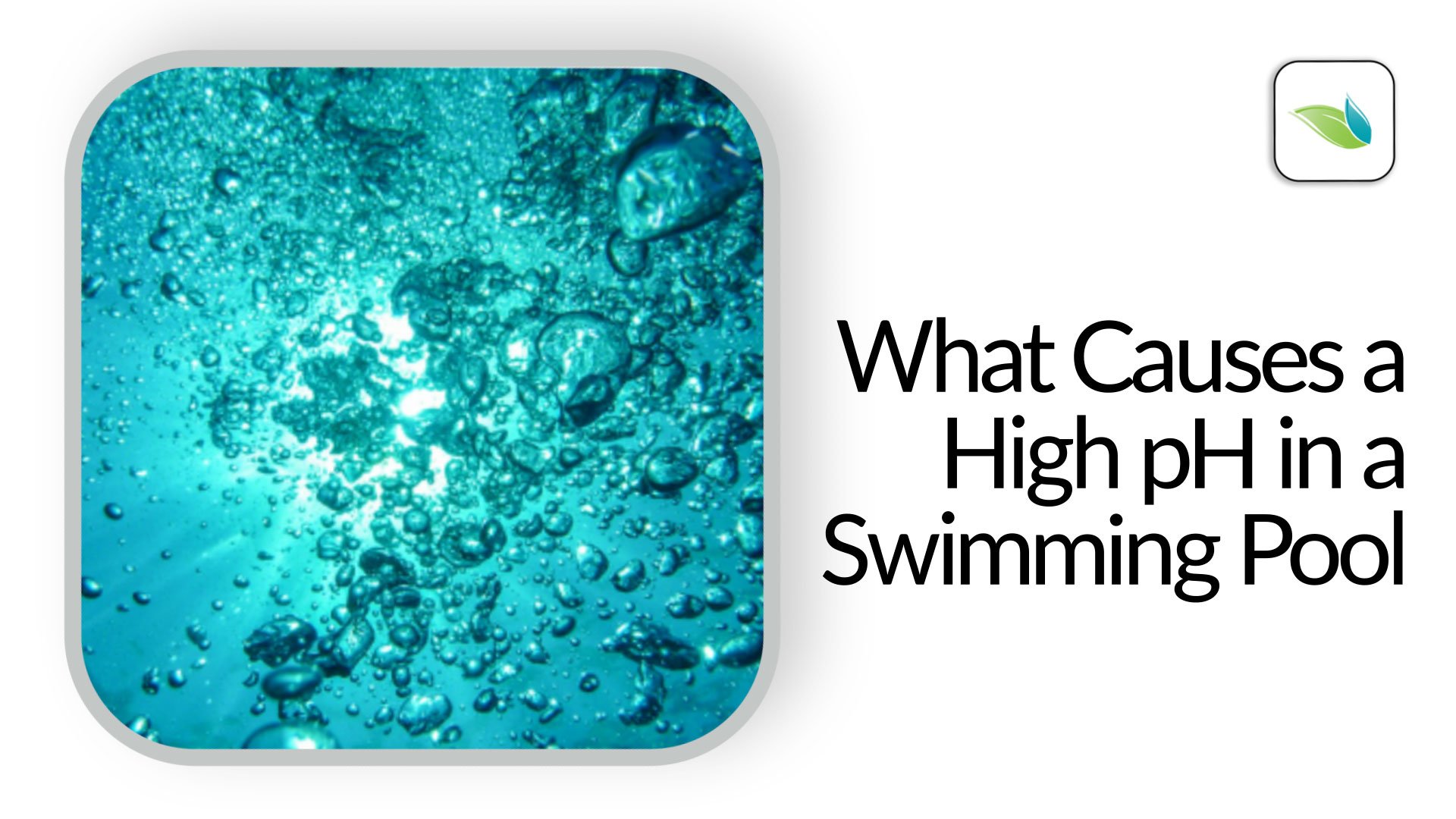
It happens all the time. Swimming pool pH climbs, or sometimes spikes, and all sorts of problems like calcium dust and carbonate scale can occur. But what causes high pH in pools? Why does the pH sometimes climb, and other times stay relatively steady? In this article, we will discuss pH and how it shifts, and offer some remedies to correct the pH, based on each situation.

When first using Orenda products like SC-1000 and CV-600/700, the initial dose is called the purge dose. So what is a purge? And why is it necessary? This article will explain.
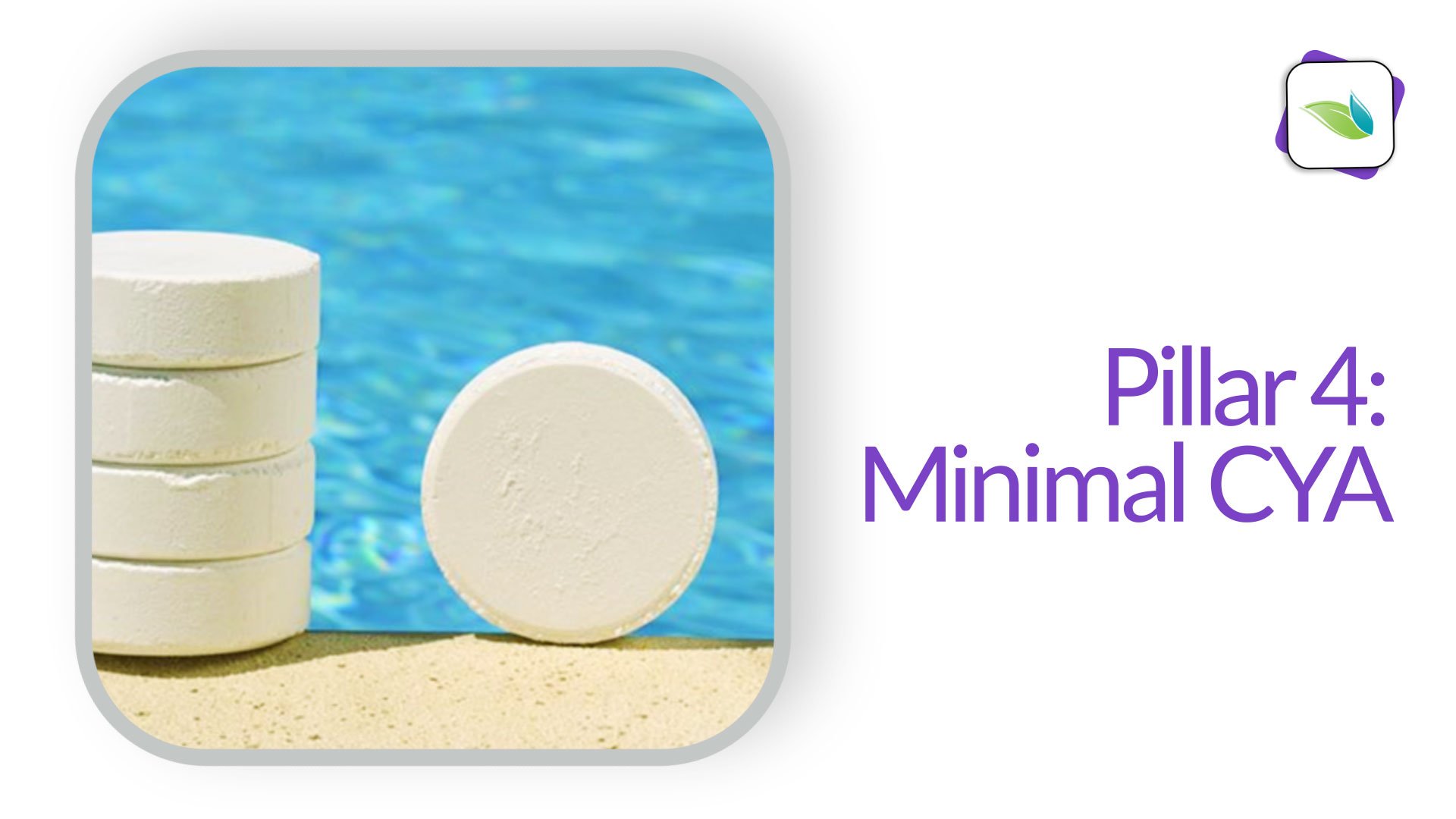
Our Fourth and final Pillar is to minimize cyanuric acid (CYA). Maintaining CYA at a manageable level can be a struggle, and we realize that. But CYA has a major impact on chlorine efficiency. It can be summarized in two words: avoid over-stabilization. This article will explain what CYA is, why we use it, how it gets into our water, and how to manage it to prevent over-stabilization.
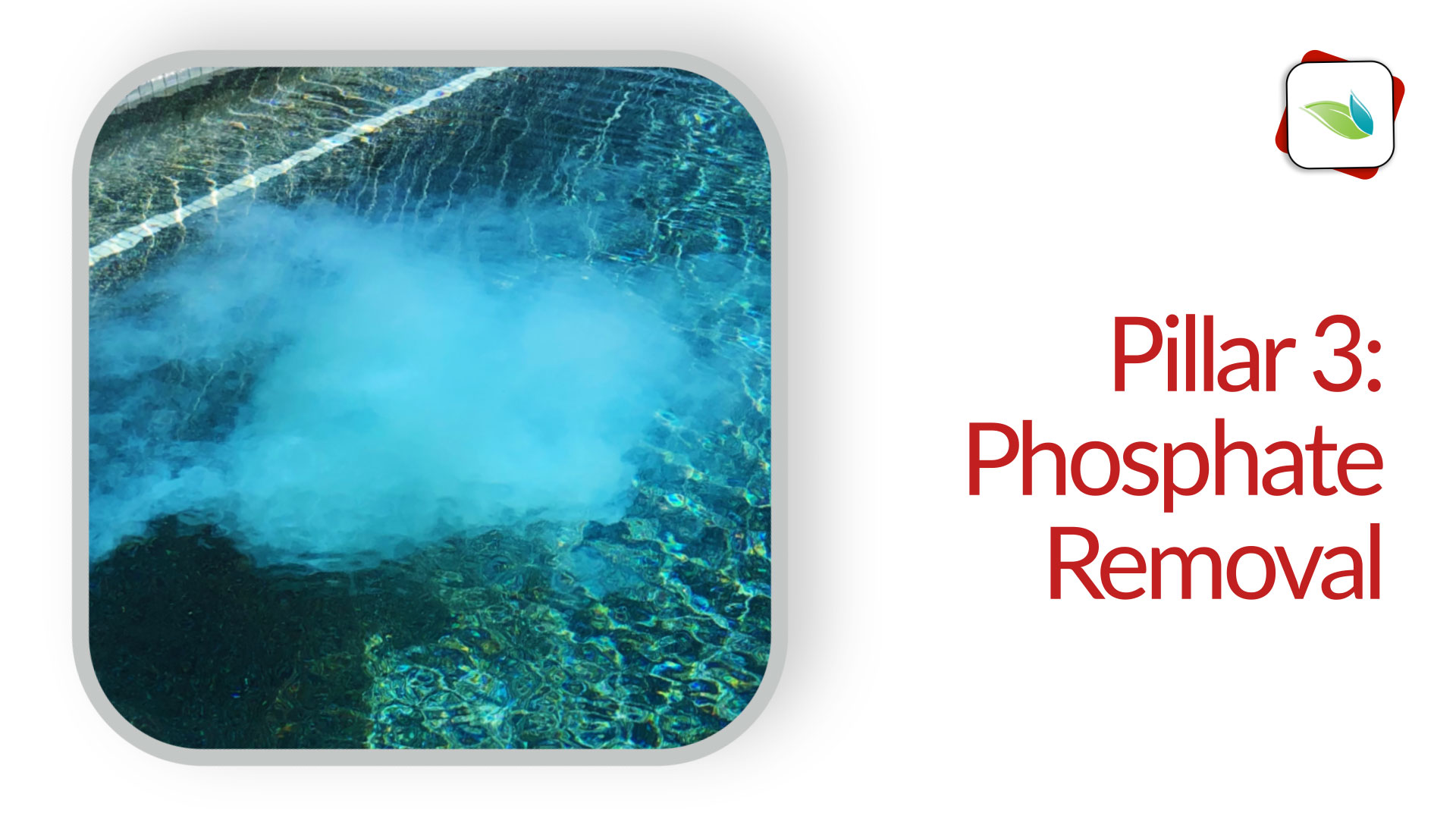
Phosphates. The invisible common denominator behind many pool problems, elevated chlorine demand, and sometimes even cloudy water. Removing phosphates is the third of Orenda's Four Pillars of Proactive Pool Care. This third pillar is an easy one to master. The action step is simple: keep your water's phosphate levels as low as possible; ideally below 500 parts per billion (ppb). In this article, we will explain why phosphate removal is so beneficial and important, even if it's not always mandatory.
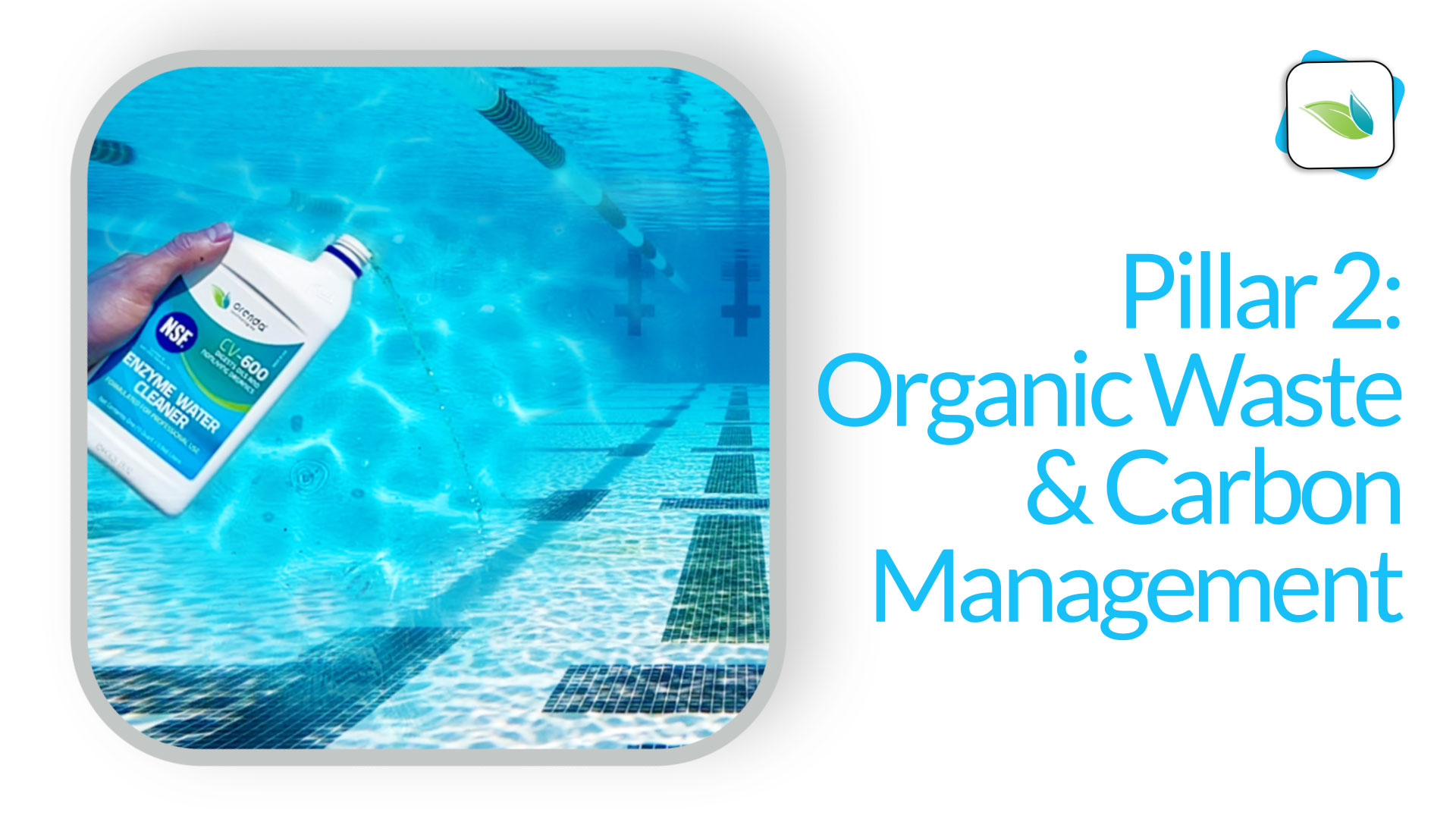
Bather waste. Non-Living Organics. Body Butter. Grease and oils. Whatever you want to call the organic waste products that contaminate swimming pools, managing them is the second of Orenda's Four Pillars. So what do we know about non-living organics? We know that swimmers and animals that use the pool leave behind oils and other carbon-based waste, and chlorine will try to oxidize these contaminants. Unfortunately, oxidation is not chlorine's specialty. Chlorine–or more specifically, the strong form of chlorine in water, Hypochlorous Acid (HOCl)–is primarily a sanitizer and disinfectant.
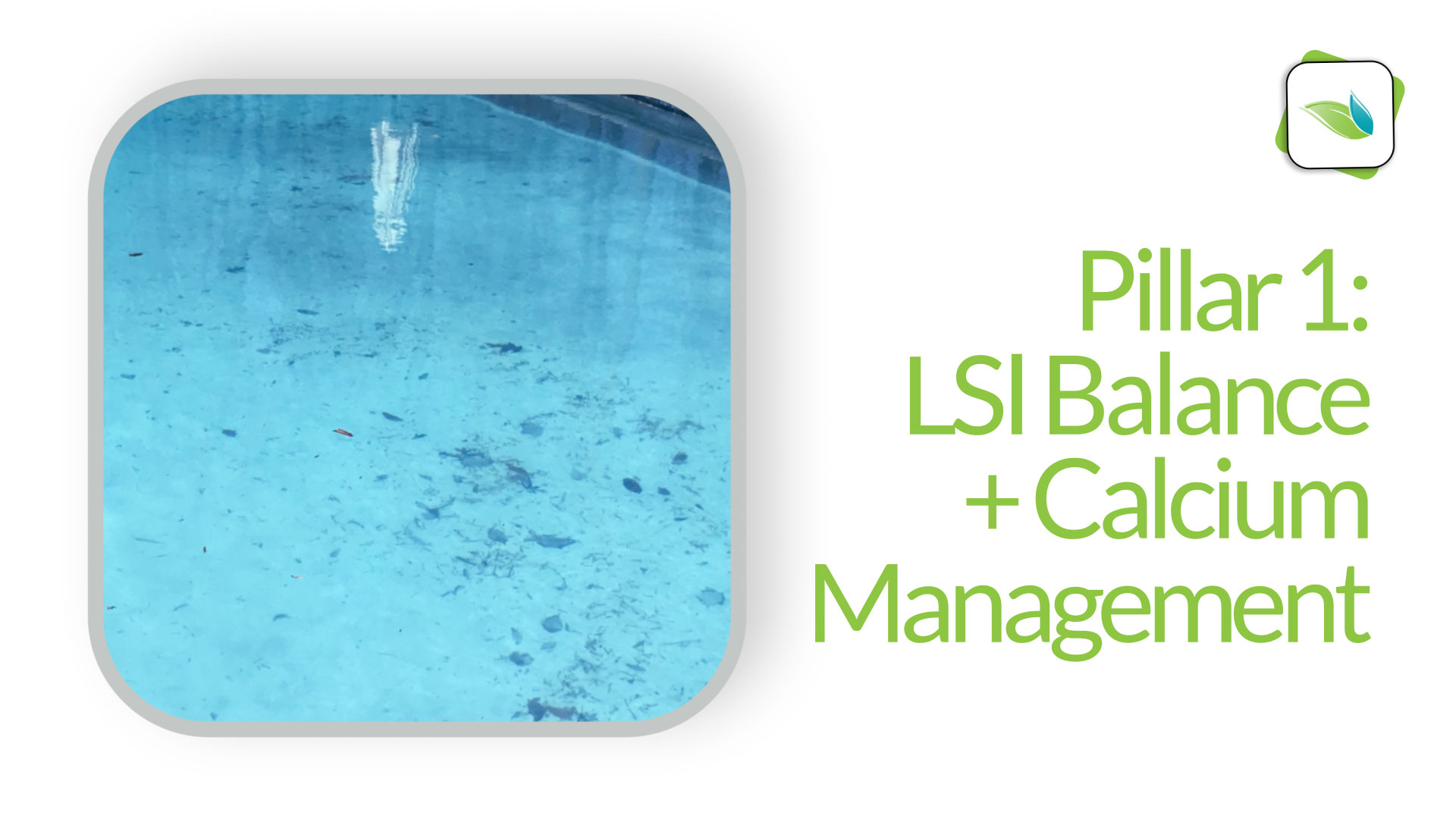
LSI Balance and Calcium Management is the first of Orenda's Four Pillars. This is arguably the most important of the Four Pillars because it is about understanding water and how it behaves. This article aims to simplify chemistry, so it can be more easily understood. If you are a chemist (who is not already familiar with this subject) and you would like to get more in depth on the science of this topic, this is one of our primary sources. We will link to other external sources in this article as well. So let's get into it.